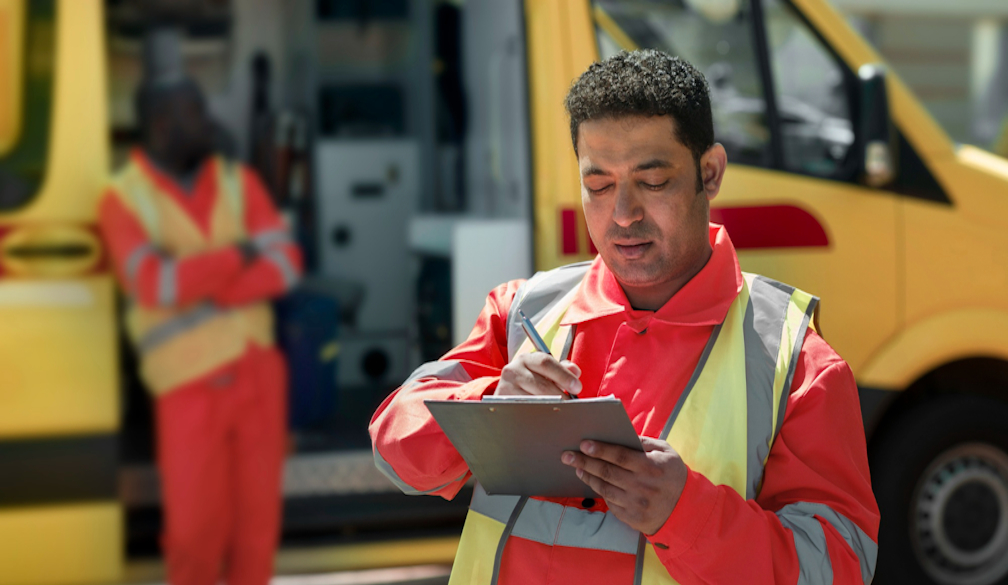Emergency Preparedness in the Workplace: 5 Tips

Nowadays, being prepared for emergencies in the workplace is not just advisable—it's essential. Whether it's a natural disaster or any unforeseen event, having a plan in place, combined with the necessary skills learned, for example, in an online fire training course, can make all the difference. Here are five practical tips to ensure your workplace is ready to handle emergencies effectively:
Have an Emergency Response Plan
Every workplace should have a comprehensive emergency response plan. This plan should outline the steps to take during various emergencies like fires, earthquakes, or medical emergencies. It should be detailed, covering all possible scenarios and responses. Regularly update the plan and ensure all employees are familiar with it. This familiarity can be the difference between chaos and order during an emergency. A well-crafted plan can guide employees during a crisis, reducing panic and confusion.
Conduct Regular Training and Drills
Having an emergency plan is only half the battle; ensuring that all employees are familiar with it and know what to do during an emergency is equally important. Make sure employees have regular training sessions and drills to ensure employees know what to do in an emergency. Completing some training courses like OHS courses could be even better. All of this can help employees understand the emergency procedures and significantly reduce panic during a real emergency. The training should be thorough, covering all aspects of the emergency response plan. Remember, practice makes perfect.
Establish Communication Channels
Effective communication is key during emergencies. Establish clear communication channels to relay information quickly and accurately. Utilize multiple communication methods, such as PA systems, email, text messages, and social media, to reach employees across different locations or shifts. Also, ensure that all employees know which channel to tune into during an emergency. Clear and timely communication can save lives.
Keep Emergency Supplies in the Car
Ensure you have emergency supplies readily available in your car. During a sudden evacuation, rushing back to your desk for essential items may not be feasible. Thus, having a backup emergency kit in your vehicle is highly recommended. Include items such as an emergency contact list, pen and paper, a blanket (in case you or someone else couldn't retrieve their jacket), and a compact first aid kit. Having these essentials easily accessible in your car can prove invaluable during unexpected emergencies.
Promote a Safety Culture
Lastly, promote a safety culture in your workplace. Encourage employees to be vigilant and report any potential hazards. Regular safety meetings and discussions can help develop this culture. A safe workplace is a productive workplace. When employees feel safe, they are more likely to be productive and engaged.
In conclusion, prioritizing emergency preparedness in the workplace is essential to ensure employee well-being and minimize the impact of unforeseen events. Using the tips above, organizations can improve their preparedness to respond effectively to emergencies. Remember that preparedness is not a one-time task but an ongoing commitment to ensuring the safety and security of everyone in the workplace.



